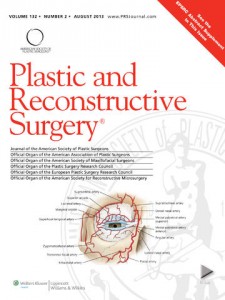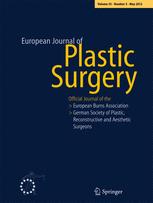Norman G, Dumville J, Mohapatra D, Owens G, Crosbie E.
Cochrane Database of Systematic Reviews 2016 Issue 3. Art. No.: CD011712
 Después de la cirugía, las incisiones se suelen cerrar aproximando los bordes con suturas (puntos), grapas, adhesivos (pegamento) o broches. Este proceso ayuda a que los bordes incididos cicatricen juntos y se le llama «cicatrización por primera intención». Esta revisión pertenece a una serie de revisiones Cochrane que investigan las pruebas sobre antisépticos y antibióticos en diferentes tipos de heridas. También se propone presentar pruebas actuales relacionadas con la administración de antisépticos y antibióticos para las heridas quirúrgicas con cicatrización por segunda intención (SWHSI, por sus siglas en inglés).
Después de la cirugía, las incisiones se suelen cerrar aproximando los bordes con suturas (puntos), grapas, adhesivos (pegamento) o broches. Este proceso ayuda a que los bordes incididos cicatricen juntos y se le llama «cicatrización por primera intención». Esta revisión pertenece a una serie de revisiones Cochrane que investigan las pruebas sobre antisépticos y antibióticos en diferentes tipos de heridas. También se propone presentar pruebas actuales relacionadas con la administración de antisépticos y antibióticos para las heridas quirúrgicas con cicatrización por segunda intención (SWHSI, por sus siglas en inglés).
 As close as the buttocks and the perineum are anatomically, the clinical settings and the solutions to wound problems in these areas are quite different. The ubiquitous “pressure ulcer” presents more commonly as a clinical management problem than a reconstruction issue. On the other hand, the perineal defect is almost always a reconstruction challenge following tumor ablation. For these reasons, the authors have chosen to separate this Continuing Medical Education offering into two parts. The first part addresses the pressure ulcer, while the latter discusses the perineum.
As close as the buttocks and the perineum are anatomically, the clinical settings and the solutions to wound problems in these areas are quite different. The ubiquitous “pressure ulcer” presents more commonly as a clinical management problem than a reconstruction issue. On the other hand, the perineal defect is almost always a reconstruction challenge following tumor ablation. For these reasons, the authors have chosen to separate this Continuing Medical Education offering into two parts. The first part addresses the pressure ulcer, while the latter discusses the perineum.




 Sitio web publicado el
Sitio web publicado el
Los lectores comentan